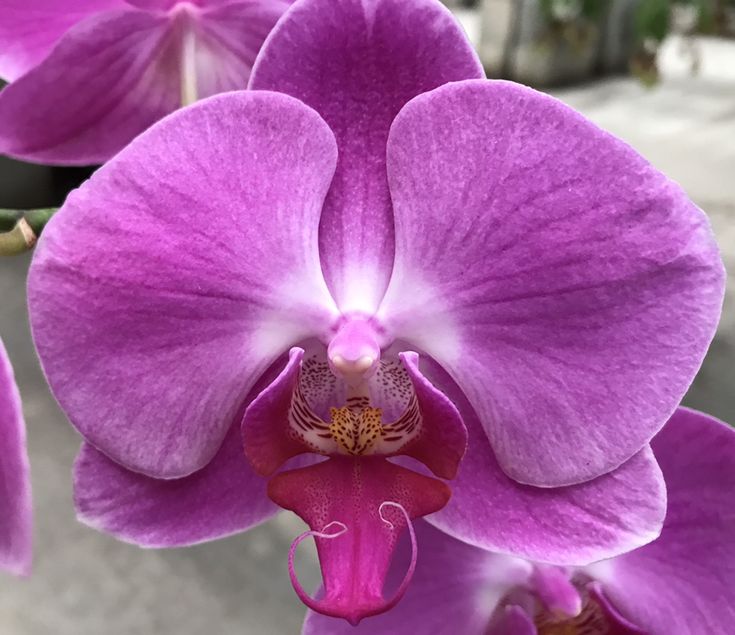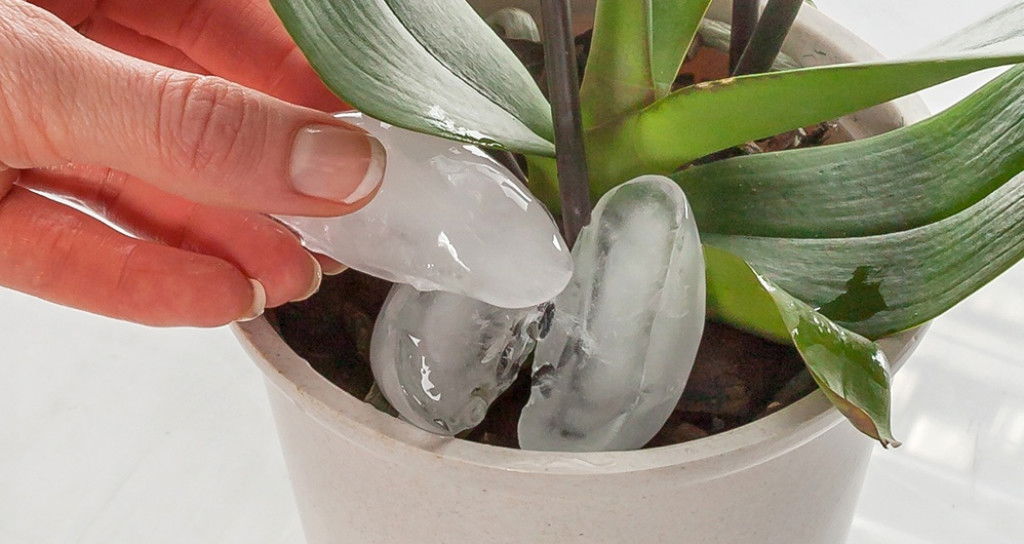
Advances in breeding techniques have transformed the once-rare orchid into one of the most favored gift plants. These plentiful blossoms are notably resilient, lasting for an extended period. However, when they eventually wither, they leave behind an unattractive stem.
Many individuals discard their orchids at this stage, opting for new flowering ones.
However, orchids shouldn’t be viewed as disposable like cut flowers. With a bit of nurturing and patience, your orchid can be encouraged to flower again, allowing you to cherish it for many more years.
Orchids at a Glance

There are approximately 28,000 orchid species in nature, but phalaenopsis orchids dominate the houseplant market. Their alternate name, ‘moth orchids,’ stems from their broad leaves that sprout from either side of the stem.
Thanks to progressive orchid breeding techniques, moth orchids can now be cloned en masse. Although their blossoms can persist for several months, these plants usually flower just once annually and often require encouragement to do so when kept indoors.
The silver lining is that phalaenopsis orchids are among the simplest to induce into flowering again, provided you adhere to some essential guidelines.
Do note: If you own a different orchid variety, these reblooming suggestions might not be as pertinent.
Origin and Natural Habitats of Phalaenopsis Orchids:

Originating from southeast Asia and Australia, Phalaenopsis thrives as an epiphyte on trees, boasting a yearly bloom during late spring. To promote reblooming indoors, it’s essential to simulate these natural seasonal patterns.
Commencing the Reblooming Process:
Begin your reblooming efforts as the current blooms start to wane. With proper attention and a dash of fortune, anticipate a fresh bloom in three to six months. However, the orchid first needs to transition into its dormancy stage.
The Role of Dormancy in Orchid Growth:
This phase is pivotal for the orchid, providing a resting period where it rejuvenates its nutrient reservoir to fuel future blooms. Typically, this period lasts between six to nine months, depending on environmental factors.
Quick Tip:
Be proactive in removing drooping flowers; they emit ethylene gas that hastens the wilting process for adjacent flowers. Notably, orchids near ripening fruits, like those in kitchens, tend to wilt faster due to this gas.
Caring for the Orchid Spike:

After the flowers drop off, the spike remains, signaling the potential site for new buds post-dormancy. This spike resembles a root pointing upward with a noticeable tip bump.
Green Spikes: If vibrant, trim about an inch above the first node from the last bloom. Ensure a cautious cut to prevent hindering future growth.
Brown Spikes: Should the spike turn brown, it’s advisable to snip it at the plant base since these rarely encourage new growth.
For Orchids with Dual Spikes: In such cases, trim one spike an inch above the node while cutting the other at the base. Though this might delay the next blooming cycle, the subsequent spike is bound to be more robust.
Opt for a Milder Environment
Considering that orchids naturally bloom in the winter, it’s beneficial to simulate such conditions at home. Although they originate from tropical areas, a mild temperature shift is preferable. Aim for a nighttime exposure of around 55-65 ºF until you notice a new flower spike.
A simple method is to place the plant nearer to a window, allowing it to feel the windowpane’s coolness. If feasible, you might also leave the orchid outside for several nights.
Upon observing a spike, relocate the orchid to a warmer, preferably more humid spot in your home. A temperature range of 65-85ºF is ideal. Ensure it receives abundant yet indirect sunlight.
Avoid Excessive Watering

Despite their tropical origin, orchids don’t necessarily demand abundant water. Being epiphytes, they predominantly grow on trees and absorb moisture directly from the atmosphere.
While hydration is crucial during their dormant phase, excessive watering could be detrimental.
Water the orchid only when the soil surface feels parched and ensure that the drainage tray doesn’t keep the roots submerged.
A quick check of the roots can also guide your watering routine. Lush green roots indicate adequate hydration, whereas grey ones signal thirst.
Quick Tip:
The type of potting mix plays a role in the orchid’s watering needs. For instance, sphagnum moss retains moisture and demands less frequent watering. In contrast, standard potting soil or bark tends to dry more rapidly.
Fertilize with Moderation
When it comes to fertilizing orchids, less is more.
Opt for a bloom-enhancing fertilizer or one tailored for orchids. When using, dilute it to half or even a quarter of its strength. A bi-monthly application is sufficient.
Support with Stakes
Given that all Phalaenopsis orchid flowers grow on a single stem, they tend to become weighty. It’s advisable to provide support once they surpass five inches in length. I learned this the hard way; neglecting to stake made my plant top-heavy. Flexible stakes can help shape the plant according to your liking.
Patience is Key – It Might Take Years
Orchids have their own rhythm. While they have the potential to flower multiple times annually, they don’t always comply. For instance, our orchid, which we got in late 2021, only showcased new blooms by spring 2023. For the most part, it remained a static green plant.
Yet, the eventual blossoms, radiant as their predecessors, were worth the wait. They’ve sustained their beauty for over two months now.
If you’re abiding by these suggestions and your orchid remains dormant, try amplifying the fertilizer and placing it in a marginally cooler location. A gentle nudge might be all it needs to transition from dormancy to blooming.



















